Table of content
Introduction
The art of preserving food has evolved significantly over centuries, driven by humanity’s need to extend the usability of perishable goods. Among the most innovative modern techniques is vacuum packaging, a method that has revolutionized the way meats, including sausages, are stored and consumed. Vacuum-packed sausages, stripped of oxygen and sealed tightly, boast延长了 shelf lives compared to traditionally packaged counterparts. This article delves into the science behind vacuum packaging, explores the factors influencing the shelf life of these sausages, and provides actionable insights for consumers and manufacturers alike.

What Is Vacuum Packaging?
Vacuum packaging involves removing air from a package before sealing it, creating an oxygen-free environment. For sausages, this process typically occurs post-production, after the meat is cured, smoked, or cooked. The absence of oxygen inhibits the growth of aerobic bacteria, fungi, and yeast—microorganisms responsible for spoilage. Additionally, vacuum sealing minimizes exposure to external contaminants, such as moisture and light, further slowing degradation.
The Science Behind Shelf Life Extension
The primary adversary of fresh sausages is oxidation. When meat is exposed to oxygen, lipids (fats) undergo oxidation, leading to rancidity, off-flavors, and discoloration. Vacuum packaging starves bacteria of the oxygen they need to thrive, drastically reducing spoilage rates. For example, Pseudomonas and Lactic Acid Bacteria, common culprits in meat spoilage, struggle to proliferate without oxygen. However, some anaerobic bacteria, like Clostridium botulinum, can still pose risks if storage conditions are suboptimal.
Factors Influencing Shelf Life
While vacuum packaging extends shelf life, several variables determine its duration:
Type of Sausage
- Fresh Sausages: Made from raw, uncooked meat (e.g., pork breakfast sausages), these have the shortest shelf life even when vacuum-packed. Refrigerated, they may last 1–2 weeks; frozen, 1–2 months.
- Cooked Sausages: Fully cooked varieties (e.g., frankfurters) last longer due to reduced bacterial loads. Refrigerated, they can stay fresh for 2–3 weeks; frozen, 2–3 months.
- Cured/Smoked Sausages: Ingredients like salt, nitrites, and smoke act as preservatives. Vacuum-packed, these may last 3–4 weeks refrigerated and up to 6 months frozen.
Ingredients and Processing
Sausages with higher fat content spoil faster, as lipids are prone to oxidation. Additives like antioxidants (e.g., rosemary extract) or sodium lactate can extend shelf life. Smoking and curing also introduce antimicrobial compounds.
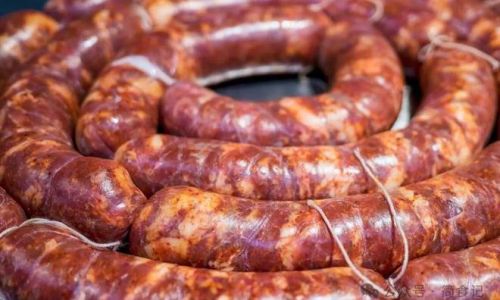
Packaging Material Quality
The barrier properties of the packaging film matter. Multi-layer films with high oxygen and moisture vapor transmission resistance (OVTR/MVTR) offer superior protection. Cheap, single-layer films may allow micro-leaks, compromising the vacuum.
Initial Bacterial Load
Sausages contaminated during processing (e.g., due to unsanitary equipment) will spoil faster, even in vacuum packs. Strict hygiene protocols during production are critical.
Storage Conditions: Maximizing Shelf Life
Proper storage is non-negotiable for preserving vacuum-packed sausages:
Temperature Control
- Refrigeration (32–40°F / 0–4°C): Slows bacterial growth but doesn’t halt it. Fresh sausages should be consumed within 1–2 weeks; cooked varieties within 2–3.
- Freezing (-0.4°F / -18°C): Halts microbial activity. Thawing should occur in the refrigerator to prevent condensation, which accelerates spoilage.
Humidity and Light Exposure
Store vacuum-packed sausages in dark, dry places. Light, especially UV, degrades packaging and meat proteins. High humidity can cause condensation inside the package, fostering bacteria.
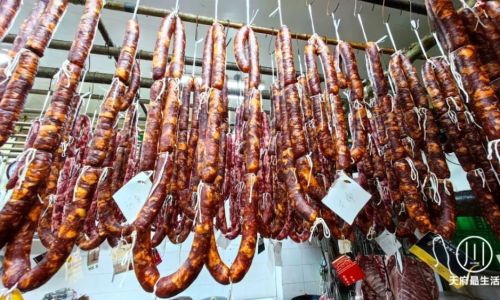
Handling Practices
Avoid puncturing the package. Once opened, treat the sausage as fresh meat—consume within a few days. Cross-contamination from utensils or hands also shortens shelf life.
Identifying Spoilage in Vacuum-Packed Sausages
Even in vacuum packs, sausages can spoil. Signs include:
- Bloating: Gas-producing bacteria (e.g., Clostridium) generate CO2, causing the package to inflate.
- Off-Odors: A sour, putrid, or cheesy smell indicates bacterial or fungal activity.
- Discoloration: Grayish-green hues or slimy textures suggest spoilage.
- Texture Changes: Mushiness or excessive dryness are red flags.
Important: Never taste-test suspicious sausages; discard them immediately to avoid foodborne illness.
Vacuum-Packed vs. Other Preservation Methods
How does vacuum packing stack up against alternatives?
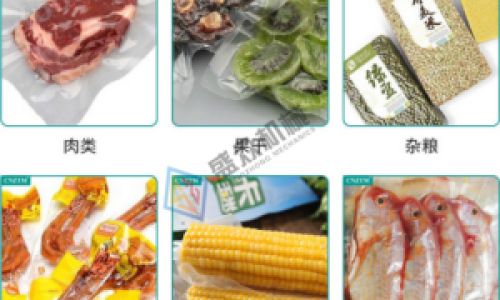
| Method | Shelf Life (Refrigerated) | Pros | Cons |
|---|---|---|---|
| Vacuum Packing | 1–4 weeks | Extends freshness, retains flavor | Requires equipment, vulnerable to punctures |
| Canning | 2–5 years (unopened) | Sterile, long-term storage | Alters texture, high heat affects nutrients |
| Freezing | 6–12 months | Preserves quality indefinitely | Freezer burn, thawing required |
| Curing | Several months | Enhances flavor, traditional | High sodium, requires expertise |
Tips for Consumers and Manufacturers
For Consumers
- Label Dates: Adhere to “use-by” or “best-before” dates, even if the sausage appears fine.
- Batch Freezing: Portion sausages before freezing to avoid repeated thawing.
- Inspect Packages: Discard any with punctures, tears, or bloating.
For Manufacturers
- Quality Control: Test packaging integrity regularly.
- Ingredient Optimization: Use natural preservatives (e.g., vinegar, citrus extracts) to reduce reliance on chemicals.
- Education: Provide clear storage guidelines on labels.
Health Risks of Consuming Spoiled Sausages
Spoiled sausages can harbor pathogens like Salmonella, E. coli, and Listeria, causing symptoms ranging from mild gastrointestinal distress to severe infections. Vulnerable groups (pregnant women, children, the elderly) face higher risks. Clostridium botulinum, while rare, produces neurotoxins that can be fatal.
The Future of Vacuum Packaging
Innovations in packaging technology, such as active packaging (incorporating oxygen scavengers or antimicrobial sachets) and smart labels (that change color when spoilage begins), are poised to further extend shelf lives. Sustainable materials, like biodegradable vacuum films, are also gaining traction.
Conclusion
Vacuum packaging has redefined sausage preservation, offering a balance between convenience and quality. By understanding the interplay of factors like sausage type, storage conditions, and packaging quality, consumers and manufacturers can maximize freshness while minimizing waste. As technology advances, the humble vacuum-packed sausage may well become a symbol of sustainability and food security in an era demanding longer-lasting, safer, and more delicious options. Whether grilled, fried, or sliced into a sandwich, the vacuum-packed sausage remains a testament to humanity’s ingenuity in outwitting time—one sealed package at a time.
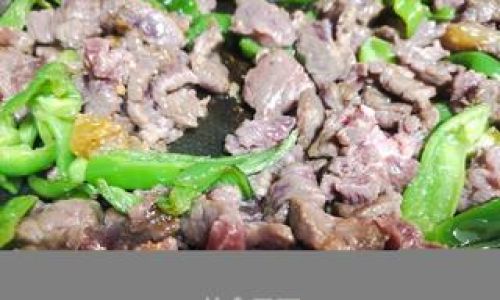

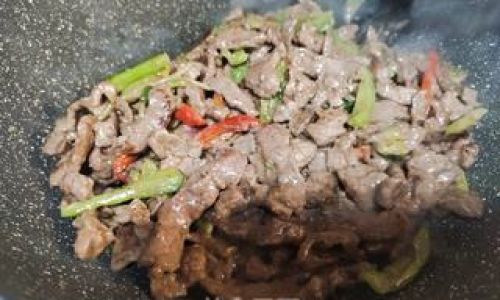
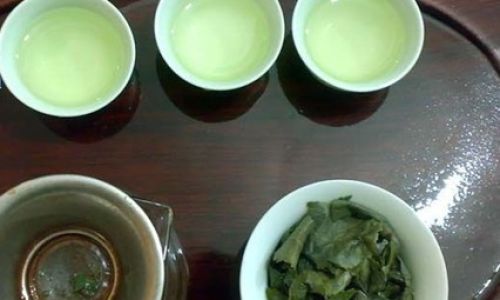
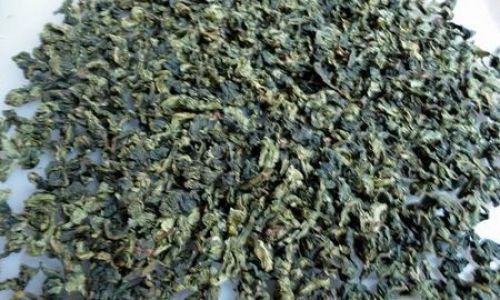
0 comments